Jiminez, Jill Berk (ed) Dictionary of Artists’ Models London: Fitzroy Dearborn Publishers, 2001
Prose, Francine The Lives of the Muses: Nine Women & the Artists They Inspired. Harper Perennial 2003
Claude Monet & Camille Doncieux ― Gedo, Mary Mathews Monet & His Muse: Camille Monet in the Artist’s Life Chicago: Univ. of Chicago, 2010
Monet, Camille & Alice
Victorine Meurent (1844-1927) Manet’s model in Déjeuner sur l’herbe (The Luncheon on the Grass); Olympia; Gare Saint-Lazare (The Railway); (and even the boy in The Fifer). Also modeled for Degas & the Belgian painter Alfred Stevens
Renoir & His Models. Aline Charigot http://www.artistsandart.org/2010/05/renoir-and-his-models-aline-charigot.html
Suzanne Valadon (1865–1938) Marie-Clémentine Valadon, Bessines-sur-Gartempe, Haute-Vienne, France. In 1894, became the first woman painter admitted to the Société Nationale des Beaux-Arts. “A free spirit, she would wear a corsage of carrots, kept a goat at her studio to “eat up her bad drawings”, & fed caviar to her “good Catholic” cats on Fridays.” became a circus acrobat at the age of 15; She modeled for Edgar Degas, Henri de Toulouse-Lautrec, (Young Woman at a Table), Pierre-Auguste Renoir & Pierre Puvis de Chavannes; she also had affairs with all of them. In 1889 Toulouse-Lautrec would paint: “The Hangover.”
Valadon ― Miles, Margaret R. “Nakedness, Gender, & Religious Meaning,” in Carnal Knowing: Female Nakedness & Religious Meaning in the Christian West NY: Vintage, 1989 pp.169-85
Renoir (1841-1919) ‘las grandes banhistas’– (1884-1887) Phila Museum of Art (Aline Charigot, Senhora Renoir, Suzanne Valadon)
http://bjws.blogspot.com/2010/07/henri-de-toulouse-lautrec-1864-1901_29.html
Henri de Toulouse-Lautrec (1864-1901) one of his favorite models, in addition to Suzanne Valadon, was another laundress named Carmen Gaudin (1866?–1920).(La blanchisseuse) La Rousse (the redhead)
http://www.davidrumsey.com/amica/amico935317-19344.html
Klimt & His Women – document. Alma Maria Mahler-Werfel, (nee Schindler) (1879-1964) Viennese-born socialite. wife, successively, of composer Gustav Mahler, architect Walter Gropius, & novelist Franz Werfel, as well as the consort of several other prominent men, e.g., affair with the artist Oskar Kokoschka, Bride of the Wind
In 1911, Egon Schiele (1890-1918) met the seventeen-year-old Valerie (Wally) Neuzil, who lived with him in Vienna & served as model, Woman in Black Stockings (1913). Very little is known of her, except that she had previously modelled for Gustav Klimt & might have been one of his mistresses.
Julia Prinsep Stephen (nee Jackson) (1846–95), mother of Virginia Woolf, model for Pre-Raphaelite painters such as Edward Burne-Jones
Lytton Strachey & Dora Carrington
Elizabeth Siddal ― John Everett Millais, Ophelia; Rossetti, Beata Beatrix
Annie Miller — Holman Hunt, Dante Gabriel Rossetti, et.al
Jane Burden (later Jane Morris, 1839–1914)
Gray, Euphemia (“Effie”) Chalmers (1828-97) wife of Ruskin, but later left her husband to marry his protege, the Pre-Raphaelite painter John Everett Millais
Edward Burne-Jones & Maria Zambaco she appears in some of his most inspired pictures—as the sorceress in the Wine of Circe, the witch in The Beguiling of Merlin, & the demonic sprite in Phyllis & Demophoön.
Corder, Rosa Frances (1853-93) model & lover of Charles Augustus Howell unscrupulous agent of both Ruskin (eventually Edward Burne-Jones persuaded Ruskin to sever his connection with Howell) & Rossetti (persuaded Rossetti to dig up the poems he buried with his wife Elizabeth Siddal). alleged to have persuaded Corder to create fake Rossetti drawings
John Singer Sargent (1856–1925) “Madame X (Madame Pierre Gautreau)” 1883–84
Butler, Ruth Hidden in the Shadow of the Master: The Model, Wives of Cézanne, Monet, & Rodin. New Haven: Yale, 2008 Hortense Fiquet & Paul Cézanne; Camille Doncieux & Claude Monet; Rose Beuret & Auguste Rodin
Rousseau’s portrait of Guillaume Apollinaire with his mistress Marie Laurencin, The Muse Inspiring the Poet (1909)
Joanna “Jo” Hiffernan (Heffernan) – Whistler’s mistress & model & Courbet’s favorite model
Evelyn Nesbit Uruburu, Paula “Evelyn Nesbit: ‘American Eve,’ Excerpt”; Nesbit, White & Madison Square Garden; Murder of the Century PBS American Experience; http://www.americaneve.com/homepage.html
Barney, Natalie Clifford (1876-1972) & Brooks, Romaine 1874-1970
Diego Rivera & Frida Kahlo
George Sand, novelist, muse to Chopin and Alfred de Musset
Anais Nin, author, muse to Henry Miller
Amanda Lear, singer, muse to Salvador Dali; Salvador & Gala Dali
Man Ray & Lee Miller
Catherine Deneuve, actress, muse to Bunuel, André Téchiné and Yves Saint Laurent
Camille Claudel (1864–1943)sculptor, muse, model, confidante & lover of Rodin; she never lived with Rodin, who was reluctant to end his 20-year relationship with Rose Beuret.
Alice B. Toklas, author, muse to Gertrude Stein
Leonora Carrington, artist, muse to Max Ernst
Augustus John & model, mistress, wife, Dorelia McNeill
Gwen John model & mistress to Auguste Rodin (33 years her senior)
Pierre Bonnard – Renée Monchaty (model, lover, suicide), Marthe de Méligny (model, wife, muse)
“Misia” Marie Sophie Olga Zénaïde Godebska (1872-1950) muse & model to Toulouse-Lautrec, Bonnard, Vuillard, Renoir, Diaghilev, Cocteau, & Vallaton
Matisse & Lydia Delectorskaya; model Loulou Brouty; model Caroline Joblau, with whom he had a daughter, Marguerite, born in 1894
Between Dec. 1916 & the close of 1917, Matisse painted at least 25 pictures of an Italian model named Laurette. She also posed with her sister & a woman named Aïcha for some 15 additional works by the artist. Laurette in a Green Robe (Black Background), 1916 [Met Museum]
Jeanne Hebuterne, model and painter, muse to Amadeo Modigliani
Loulou de la Falaise, designer, muse to Yves Saint Laurent
Francisco Goya and his mistress Leocadia Weiss,La Leocadia (1819 to 1823)
Lise Trehot & Auguste Renoir
Seurat’s model & common law wife, Madeleine Knobloch
Picasso & Dora Maar; Fernande Olivier, Olga Koklova, Marie Thérèse Walter, Françoise Gilot, Jacqueline Roque, et.al
Jessie Macauley Olssen The Annunciation (1898) wife & model of Henry Ossawa Tanner
Raphael & Margherita Luti La Fornarina & “Woman with a Veil (La Donna Velata)” 1516
Botticelli & Simonetta Vespucci
Godley, Kathleen (Kitty) Epstein Freud (1926-2011) ― Artist & muse, daughter of Jacob Epstein & first wife/model of Lucian Freud. Her second marriage was to musician & Cambridge economist Wynne Godley (Epstein’s model for the head of the figure of Saint Michael spearing the devil in the sculpture at Coventry Cathedral).
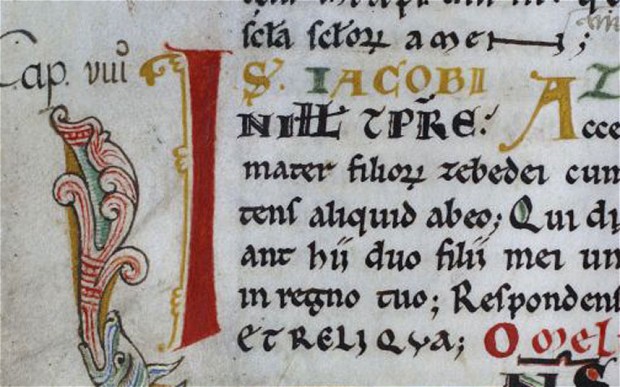 The Codex Calixtinus, an illuminated 12th century manuscript comprised of five volumes, tells how the apostle James’ remains were transferred to Santiago de Compostela, was stolen from the cathedral on July 5, 2011. [A year later, it was subsequently discovered hidden in the garage of a former employee of the cathedral, Manuel Fernandez Castineiras, who had worked as a caretaker for more than 25 years at the cathedral, but was fired right before the theft early last year. He had been suing cathedral authorities for unfair dismissal.]
The Codex Calixtinus, an illuminated 12th century manuscript comprised of five volumes, tells how the apostle James’ remains were transferred to Santiago de Compostela, was stolen from the cathedral on July 5, 2011. [A year later, it was subsequently discovered hidden in the garage of a former employee of the cathedral, Manuel Fernandez Castineiras, who had worked as a caretaker for more than 25 years at the cathedral, but was fired right before the theft early last year. He had been suing cathedral authorities for unfair dismissal.]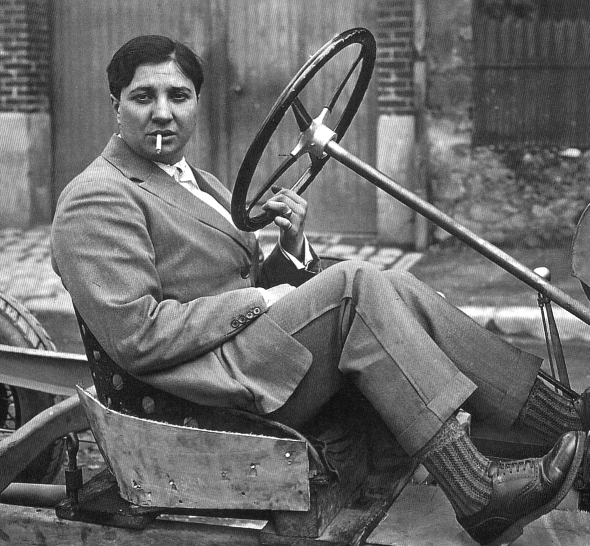
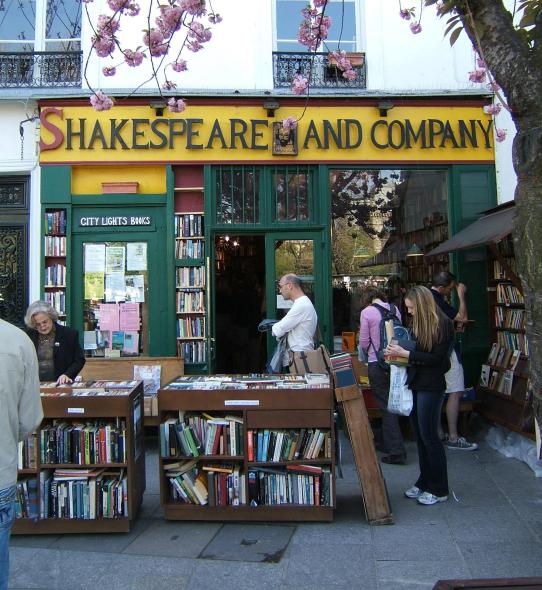

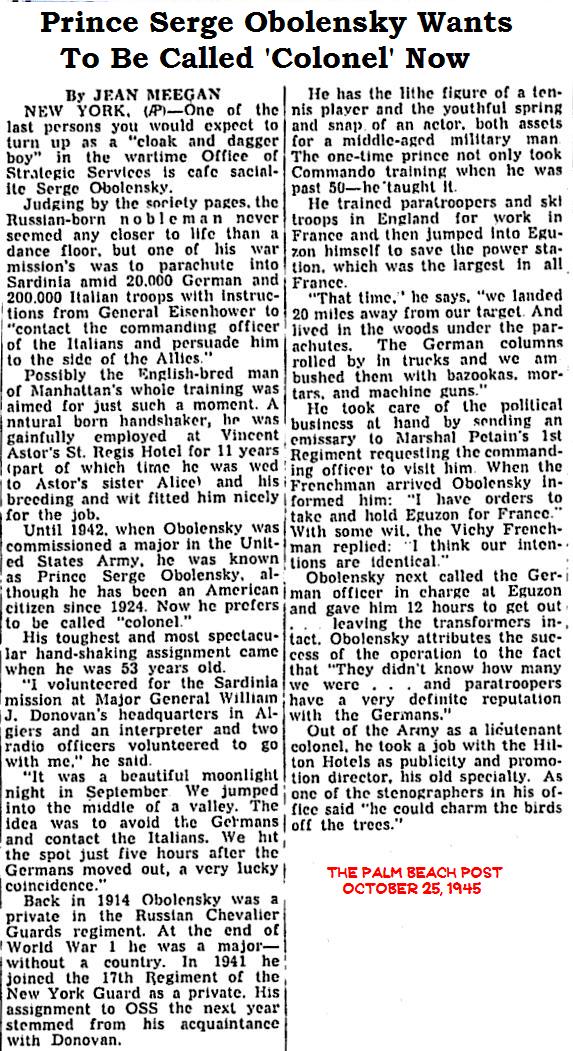
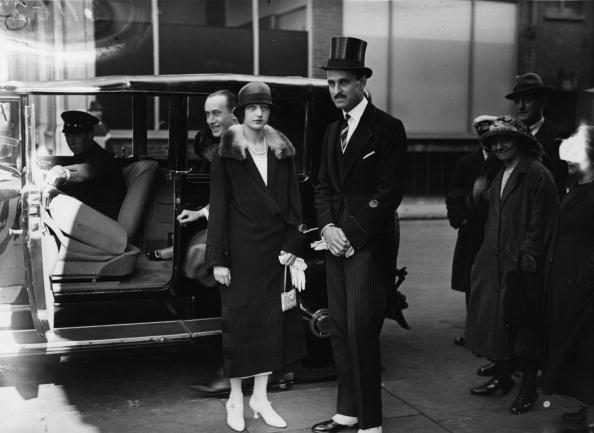
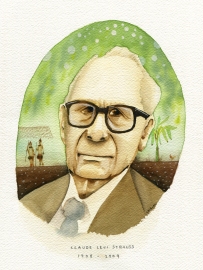

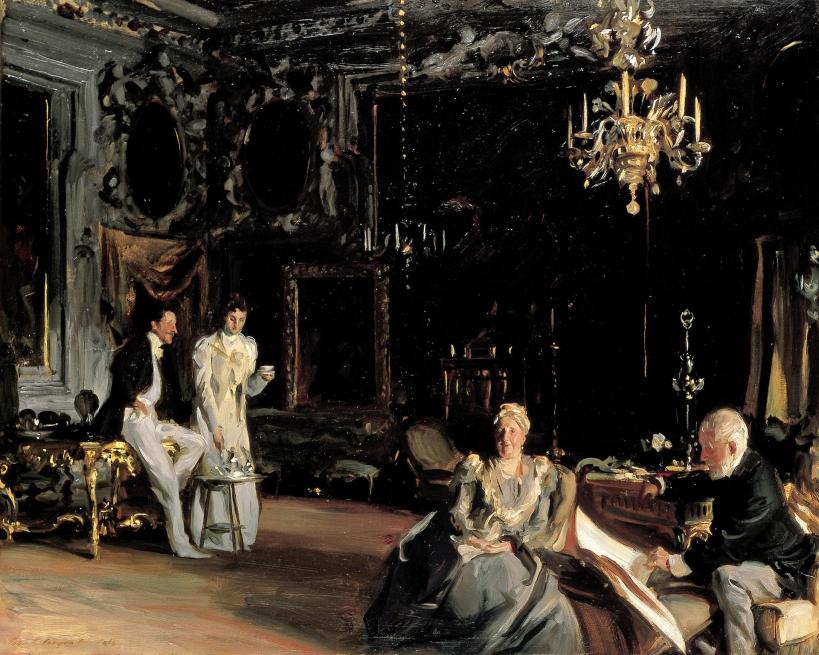
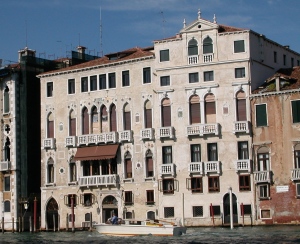
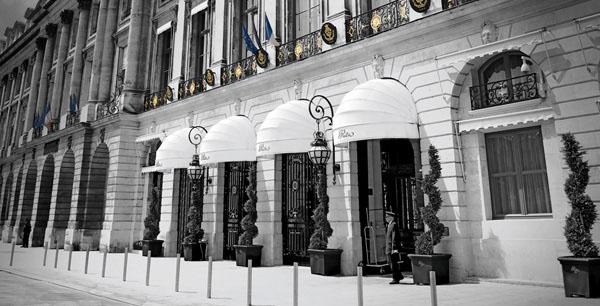
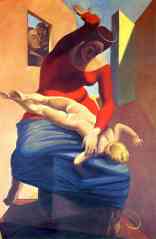

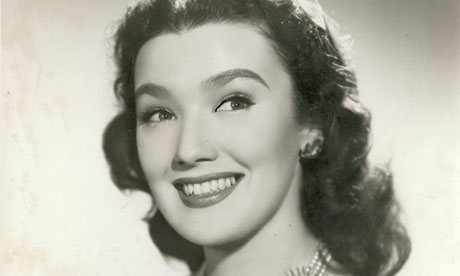
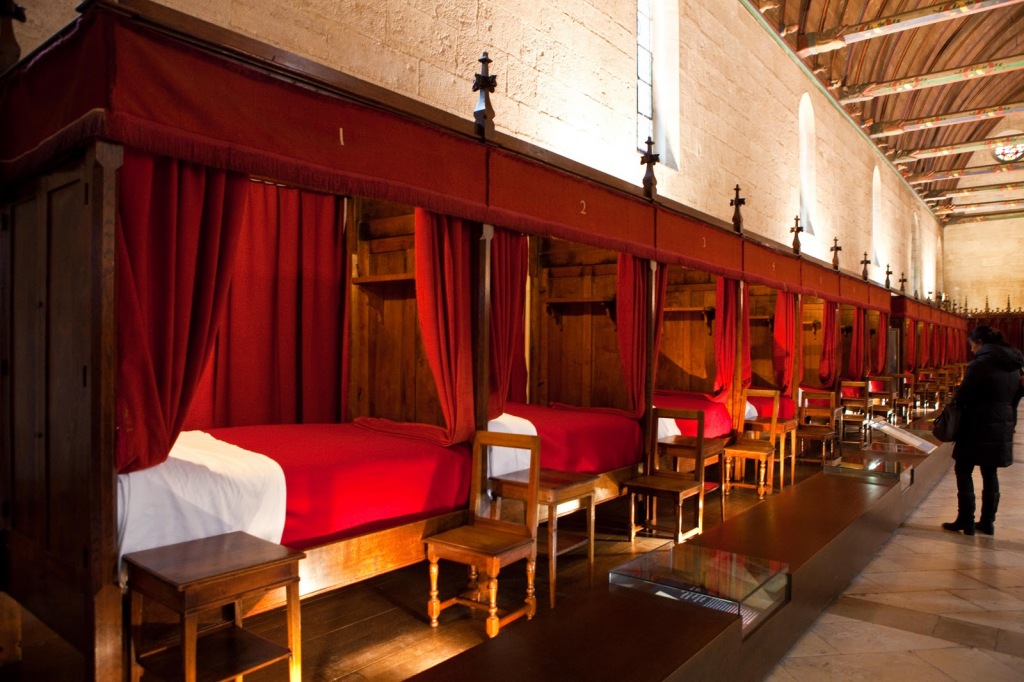
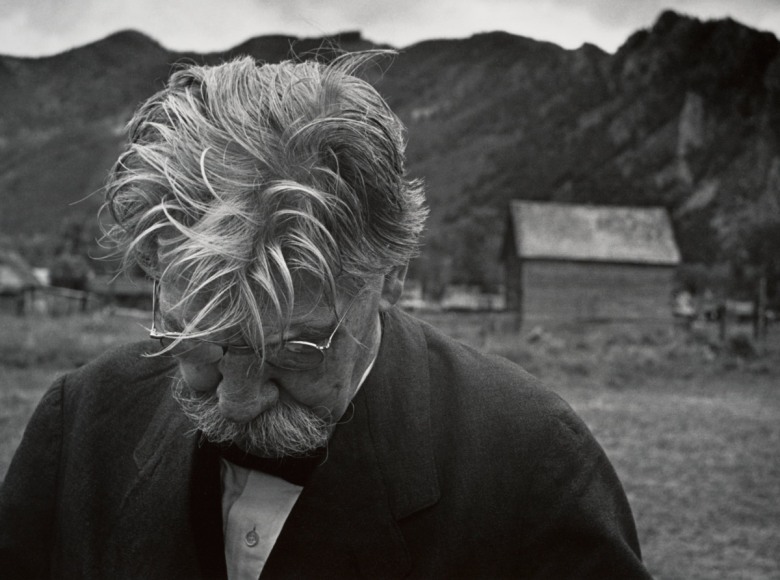




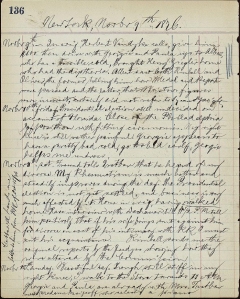
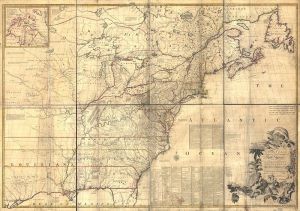
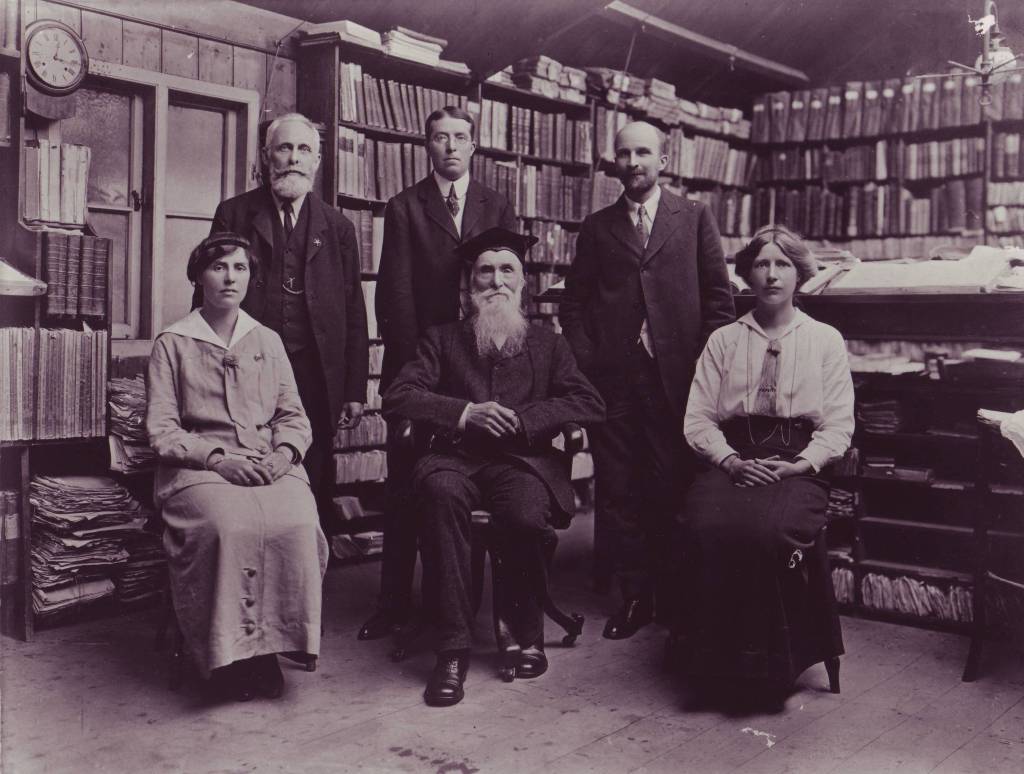
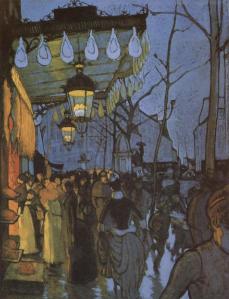


You must be logged in to post a comment.